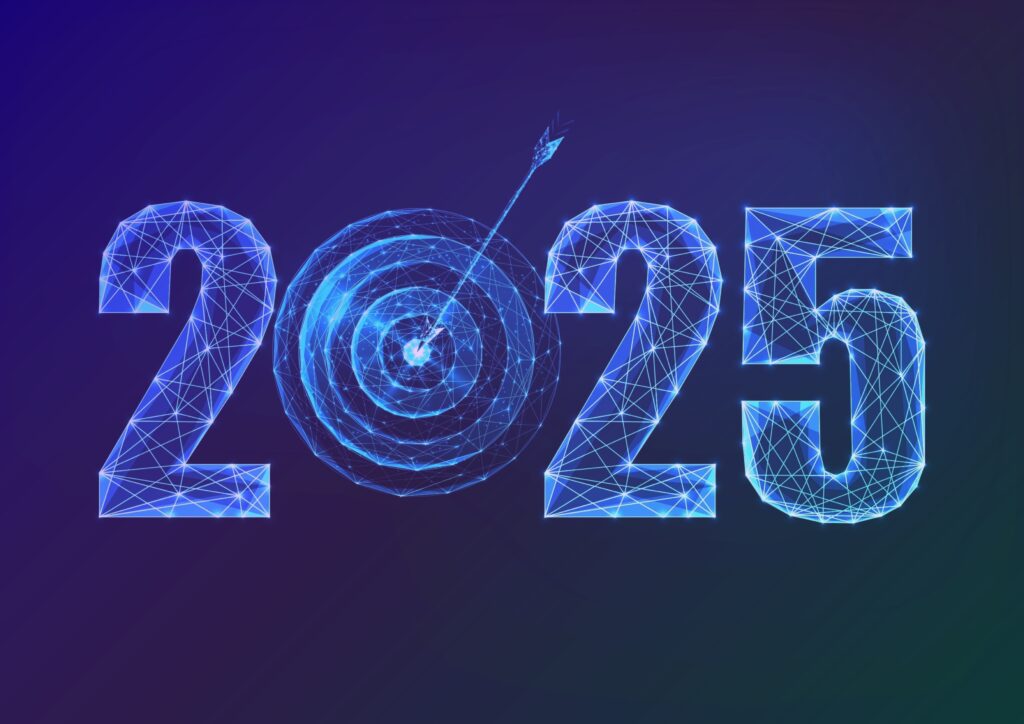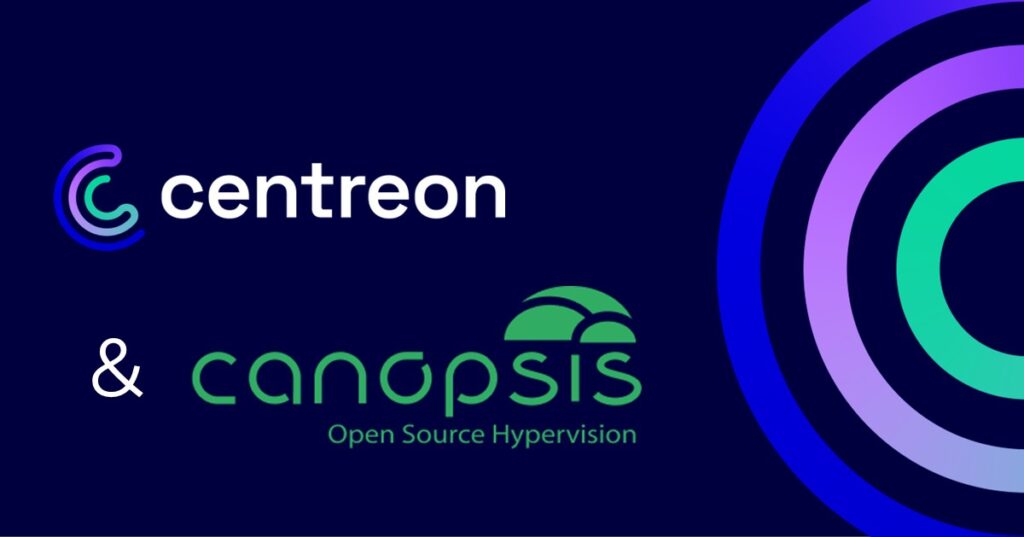The world is changing, and so are ITOps! I&O specialists are increasingly implementing new “best practices” in order to gradually lead their organization and their IT tools towards business observability, ensuring business performance.
In this path towards having a holistic IT view to support the lines of business, connected monitoring is an essential step without which the goals of observability cannot be achieved.
Find out how monitoring and above all its ability to connect to all IT tools and technologies will help you develop a new client-centric and user-centric ITOps culture.
There is no magic formula for building your own business observability stack
Each business is unique and each ITOps team has set up its own system. In addition, each business sector comes with its own requirements in terms of operational excellence, which IT operations teams must address. For instance, regulations in the health sector or the transportation sector, security in the banking sector, or traceability in the agri-food sector. What is more, each organization has its own footprint, ranging from the management of a single site to the management of hundreds of sites over all 5 continents, with different time zones.
Investing in a monitoring platform such as Centreon provides you with an open, connected solution that will help you meet your organization’s challenges and successfully build your own business observability stack.
Be creative and use best practices to build your own observability stack
Let’s go back to basics: Gartner defines observability as being: “the evolution of monitoring into a process that offers insight into digital business applications, speeds innovation and enhances customer experience.” What we want – and what the organizations working with our tools want – is to build a solution providing business observability based on the collection and exploitation of relevant data. In order to find your way, here are a few founding principles or “commandments.”
Thou shalt start with a connected IT monitoring solution
IT monitoring is an essential part of your future observability stack for the simple reason that it helps you correlate technical indicators and business data, contributing to making your IT system more “observable”. By integrating a solution such as Centreon, you can easily connect – thanks to ready-to-use connectors and integrations – to tools such as Splunk and ElasticSearch or any other tool you may choose to build observability. For instance, you can make sure ITOps teams are productive and collect relevant data by integrating with ITSM and ChatOps tools.
Thou shalt not escape automation (and thou shalt not derogate!)
Managing observability means being able to collect relevant data in the right places and progressively, changing and evolving IT environments. How can you adapt to the nearly constant evolution of DevOps projects? Only automation can keep up with such a hectic pace to guarantee that:
- Monitoring is 100% up to date continuously
- Connectors and connections are reliable
- The speed of adaptation is aligned to digital transformation requirements.
The answer is obviously an auto-discovery engine, API-centric processes and integrated configuration models offering a very wide coverage (over 500 packaged connectors and over 3,000 configuration models to monitor IT equipment and operating solutions in Centreon’s case) to make it easier to exchange data and analyze them.
Thou shalt map the most critical IT services
Observability goes beyond collecting data, it is about analyzing, correlating and reporting on data. In a nutshell, ensuring the data makes sense, not only for the most technical IT teams but for everyone.
But to do this, you need to determine which elements of your IT system are critical in order to collect data that will make sense for the organization’s business performance and operational excellence. You need to monitor your IT services as critical components of business services and identify the logical relationships they have with their dependencies. To achieve this, you will need to carefully map out your IT system’s critical elements which will be useful for observability as well as for ensuring the IT system’s security, setting up a DRP (Disaster Recovery Plan), measuring your SLAs and analyzing the MTTR or MTBF, in order to manage your IT operations.
Thou shalt involve every stakeholder in the digital chain
One important IT trend we are excited about at Centreon is the breaking down of silos! It’s all about getting business and IT teams to work together and benefit from systems that are observable.
Observability is used to understand how IT performance translates into operational performance and influences it. To achieve this, it is important to provide all players in the digital value chain with views which meet their expectations and their needs, including business-oriented IT indicators, a valuable source for employees and for clients. For instance, Centreon’s top-down views can be used to share business-centric IT performance indicators that are readable by the Lines of Business managers. Centreon’s cockpit views (maps, graphs, geoviews and so on) and customizable dashboards and reports make it easier for IT and business teams to work together, with common facts and figures rather than individual intuitions and feelings.
Thou shalt create a virtuous chain to support continuous business improvements
Connections usually run two ways. Monitoring platforms can centralize and collect data and/or provide it. APM, DEM and NPMD platforms can be integrated into monitoring tools, providing additional relevant information to meet the need for business-oriented monitoring more efficiently. Furthermore, Centreon can also collect other data from various specialized tools, business data from databases, middleware and business applications. Centreon also provides correlated data from data repositories at the heart of observability stacks. Thanks to monitoring tools such as Centreon, you can enrich your observability stack with contextual information and assist IT and business managers in the decision-making process.
“Thanks to Centreon, we now have infrastructure monitoring, an essential condition and an invaluable source of information to implement IT observability.” – Denis Liard, CTO at Tenedis, a Centreon partner.
In short, at Centreon we believe that having a monitoring solution that is able to connect is essential to business observability.
What about you? Do you have the necessary equipment to take on the challenge and integrate activity observability?
To learn more: these contents could be helpful. To read and/or to share!
- Ebook Preparing for the future of IT Monitoring
- Use case Enabling Business Observability
- Designing a Connected ITOps Monitoring Experience
- Connected Monitoring: Your Path to Observability
- Connected IT Monitoring is Key to Next Generation of ITOps Monitoring
- 4 Levels of Integration for Next Gen, connected IT Ops monitoring
- Interfacing Centreon with Splunk: how to get the best of both worlds in real time!















